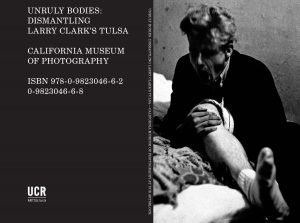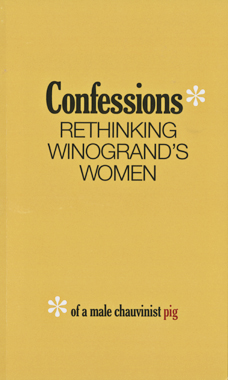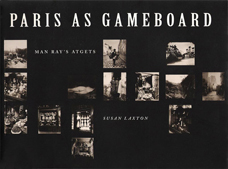 Surrealism at Play
Surrealism at Play
2019, DUKE UNIVERSITY Press
 Surrealism at Play
Surrealism at Play
2019, DUKE UNIVERSITY Press
Susan Laxton, author
 Unruly Bodies: Dismantling Larry Clark’s Tulsa
Unruly Bodies: Dismantling Larry Clark’s Tulsa
Riverside: California Museum of Photography, 2016
Susan Laxton, editor
Between 1963 and 1971, the photographer Larry Clark shot and filmed his close group of friends, drug addicts in Tulsa, Oklahoma. When the images were published as the photo book Tulsa (1971), the pictures seared the wholesome image of the American heartland with graphic depictions of sex, drugs, and violence. Clark’s exposé was regarded alternately as a wretched narrative of the decline of American youth, accomplished at the expense of the bodies it represented, and welcomed as an artistic watershed of participant observer-oriented personal documentary valued for the photographer’s privileged access to hidden subcultures. Published in conjunction with the eponymous exhibition at the California Museum of Photography, Unruly Bodies seeks to remix Clark’s original story into a critical exhibition that moves beyond sensationalism toward examining the implications of such a photographic project for contemporary life.
 Confessions* of a Male Chauvinist Pig
Confessions* of a Male Chauvinist Pig
2013, (ed.) Ex. cat. Riverside: California Museum of Photography
Susan Laxton, editor
Confessions* of a Male Chauvinist Pig, a collection of essays written in conjunction with the exhibition of the same name at the California Museum of Photography, reconsiders Garry Winograd’s book project Women Are Beautiful (1975). Women Are Beautiful is a set of 85 photographs culled from the hundreds Winogrand shot of women in public places between 1964 and 1973. Initially bearing the controversial subtitle “Observations of a Male Chauvinist Pig,” Winogrand’s book struggled to find a publisher and then withered in the light of feminist critique once it appeared. Confessions* aims to reorganize the photographs into a critical exhibition that places the project in the context of the turbulent 1960s, at the nexus of gender relations buffeted by the conflicting terms of the sexual revolution and the women’s movement, particularly in light of the consumption of women in media images.
 Paris As Gameboard: Man Ray’s Atgets
Paris As Gameboard: Man Ray’s Atgets
2002, Ex. cat. New York: The Wallach Gallery
Susan Laxton, author
Soon after moving to France, Man Ray began collecting the works of his forebear Eugene Atget, whose pictures surveyed Paris in the late 19th and early 20th century. Here, for the first time, these images of the urban landscape are considered through a Surrealist frame collectively, as a peripatetic surrealist text comparable to André Breton’s Nadja and Louis Aragon’s Paris Peasant.
